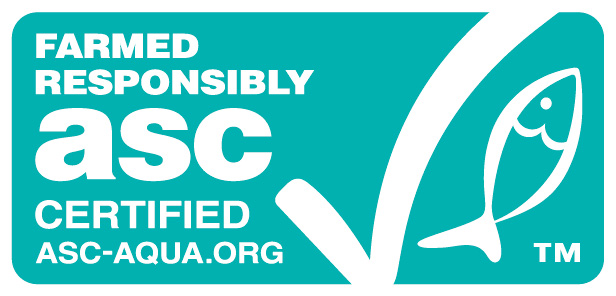AS Läätsa Kalatööstus
a subsidiary of AS Hiiu Kalur, was established in 1999.
AS Hiiu Kalur and its related companies own 13 trawlers that catch domestic sprat and baltic herring in Estonian waters. Approximately 50,000 tonnes of fish are caught and processed each year, representing 10% of the total Baltic herring and sprat quota.
In the very first years of operation, we were engaged in the production and sale of canned fish. Today, our main activities are the production and sale of spiced sprat, culinary products, seafood and frozen baltic sprat and Baltic herring.
Since 2014, AS Läätsa Kalatööstus has been recognized with an international MSC certificate.
The MSC label indicates that it is known exactly how and where the fish was caught. The label also guarantees that there has been minimal damage to nature when fishing for this fish. All certified companies are responsible for sustainable fishing and meet the fishing standards set by the MSC.

The ASC certificate was brought into existence to support and recognise responsible seafood farms active in the field of aquaculture. Fish processors are also recognised.
ASC-certified companies are responsible for nature conservation, fish health and the well-being of labour force. All this is monitored by the independent auditors of the ASC.
The Aquaculture Stewardship Council is an independent international non-profit organisation that manages the world’s leading responsible aquaculture certification and labelling programme. In addition to the responsible management of species, the ASC label ensures the well-being of employees in the industry and ensures that child labour is not used and that the conditions for employment are humane.
From April 2021, Läätsa Kalatööstus was awarded the ASC certificate.
Read more at https://www.asc-aqua.org/

Läätsa fish industry is taking steps towards the consumption of a greener energy
Although small, the steps are firm towards a better future. In autumn 2021, we invested in the production of green energy for which we use solar panels. The annual production volume of the solar farm is 0.2 GWh. The solar farm covers one fifth of the company’s annual power consumption. By using the solar farm, our carbon footprint will be reduced by 272 tons per year.